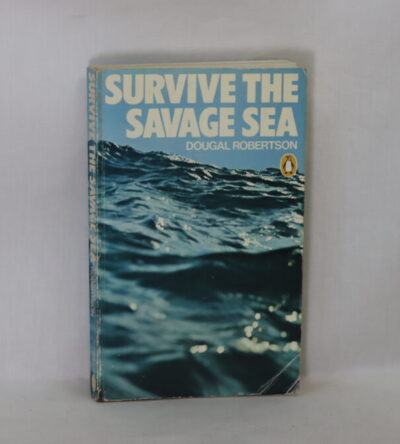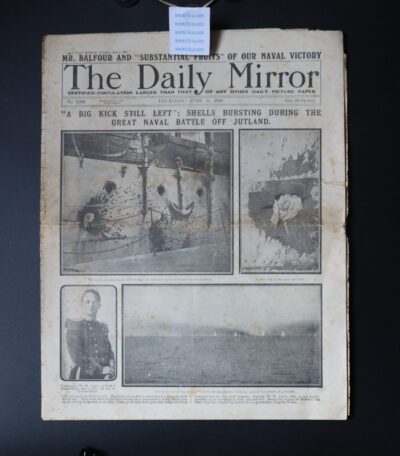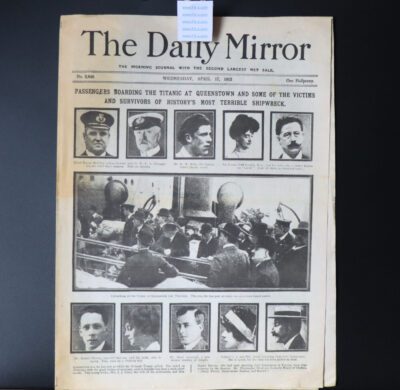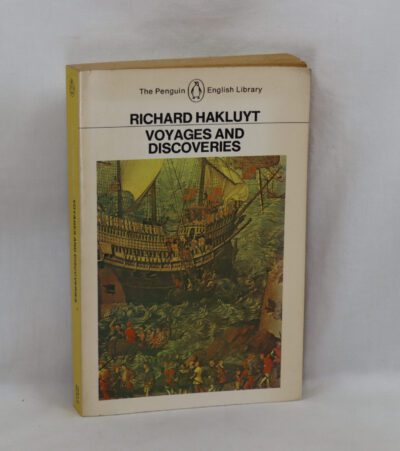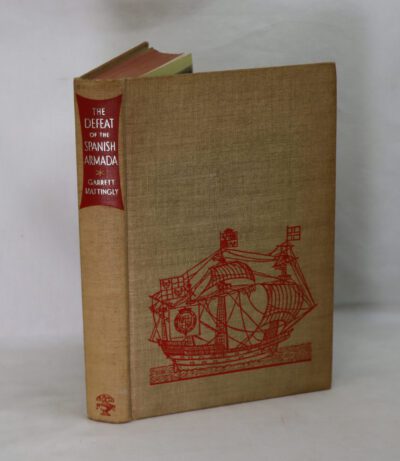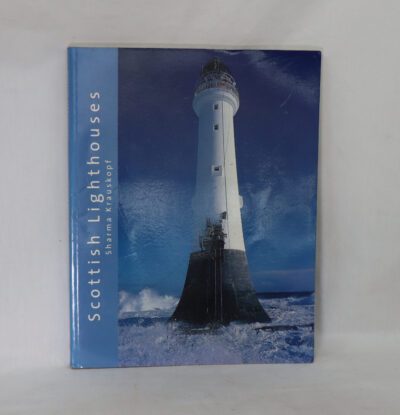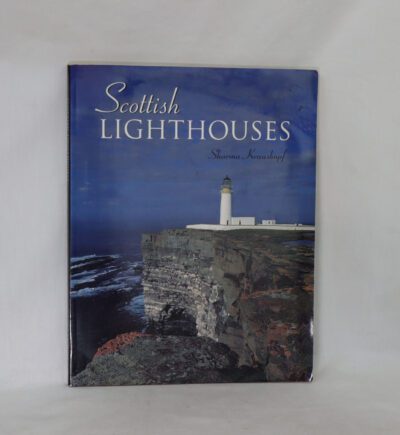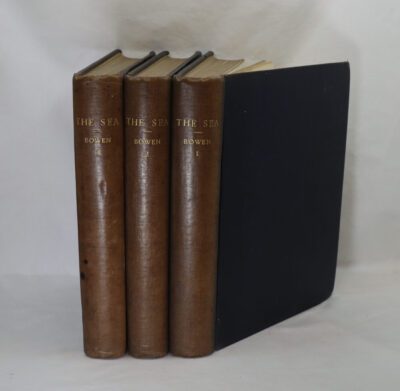The Mary Rose.
By Margaret Rule
ISBN: 9780851772899
Printed: 1983
Publisher: Windward. London
| Dimensions | 20 × 26 × 2 cm |
|---|---|
| Language |
Language: English
Size (cminches): 20 x 26 x 2
Condition: Fine (See explanation of ratings)
Your items
Item information
Description
Softback. Grey cover with black title on the spine and Mary Rose image on the front board.
F.B.A. provides an in-depth photographic presentation of this item to stimulate your feeling and touch. More traditional book descriptions are immediately available.
A lovely book deserving to be read
The Mary Rose (launched 1511) is a carrack-type warship of the English Tudor navy of King Henry VIII. She served for 33 years in several wars against France, Scotland, and Brittany. After being substantially rebuilt in 1536, she saw her last action on 19 July 1545. She led the attack on the galleys of a French invasion fleet, but sank in the Solent, the strait north of the Isle of Wight.
The wreck of the Mary Rose was located in 1971 and was raised on 11 October 1982 by the Mary Rose Trust in one of the most complex and expensive maritime salvage projects in history. The surviving section of the ship and thousands of recovered artefacts are of great value as a Tudor period time capsule. The excavation and raising of the Mary Rose was a milestone in the field of maritime archaeology, comparable in complexity and cost to the raising of the 17th-century Swedish warship Vasa in 1961. The Mary Rose site is designated under the Protection of Wrecks Act 1973 by statutory instrument 1974/55. The wreck is a Protected Wreck managed by Historic England.
The finds include weapons, sailing equipment, naval supplies, and a wide array of objects used by the crew. Many of the artefacts are unique to the Mary Rose and have provided insights into topics ranging from naval warfare to the history of musical instruments. The remains of the hull have been on display at the Portsmouth Historic Dockyard since the mid-1980s while undergoing restoration. An extensive collection of well-preserved artefacts is on display at the Mary Rose Museum, built to display the remains of the ship and its artefacts.
Mary Rose was one of the largest ships in the English navy through more than three decades of intermittent war, and she was one of the earliest examples of a purpose-built sailing warship. She was armed with new types of heavy guns that could fire through the recently invented gunports. She was substantially rebuilt in 1536 and was also one of the earliest ships that could fire a broadside, although the line of battle tactics had not yet been developed. Several theories have sought to explain the demise of the Mary Rose, based on historical records, knowledge of 16th-century shipbuilding, and modern experiments. The precise cause of her sinking is subject to conflicting testimonies and a lack of conclusive evidence.
Review: It is good to see that M Rule gives credit to Alexander McKee, the man who started the hunt for the Mary Rose in the face of derision, he was referred to as “Mad McKee” and she includes his much earlier 1973 book ‘King Henry VIII’s Mary Rose’ in her bibliography section. Rule also acknowledges some of the contributions that the members of McKee’s original diving team made.
Much additional detail is brought to the fore as a consequence of the progress made with the further excavation and preservation of the over 19,000 artifacts recovered over the ensuing years.
Want to know more about this item?

Related products
Share this Page with a friend



